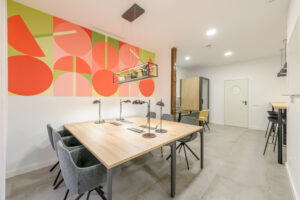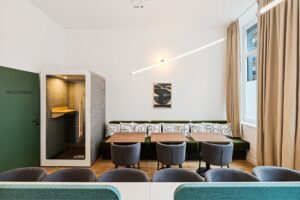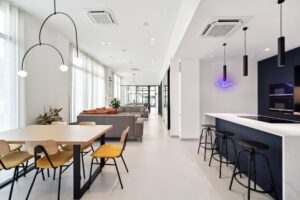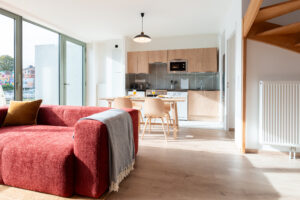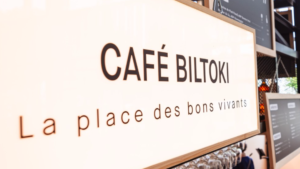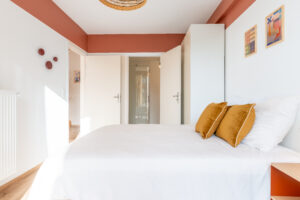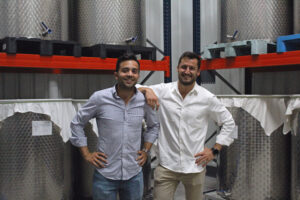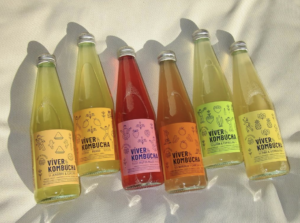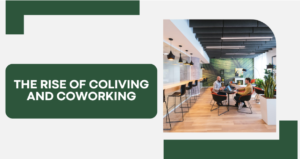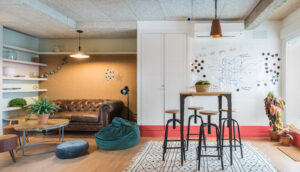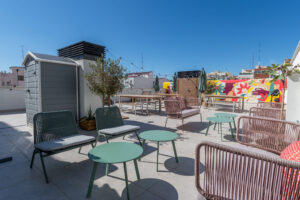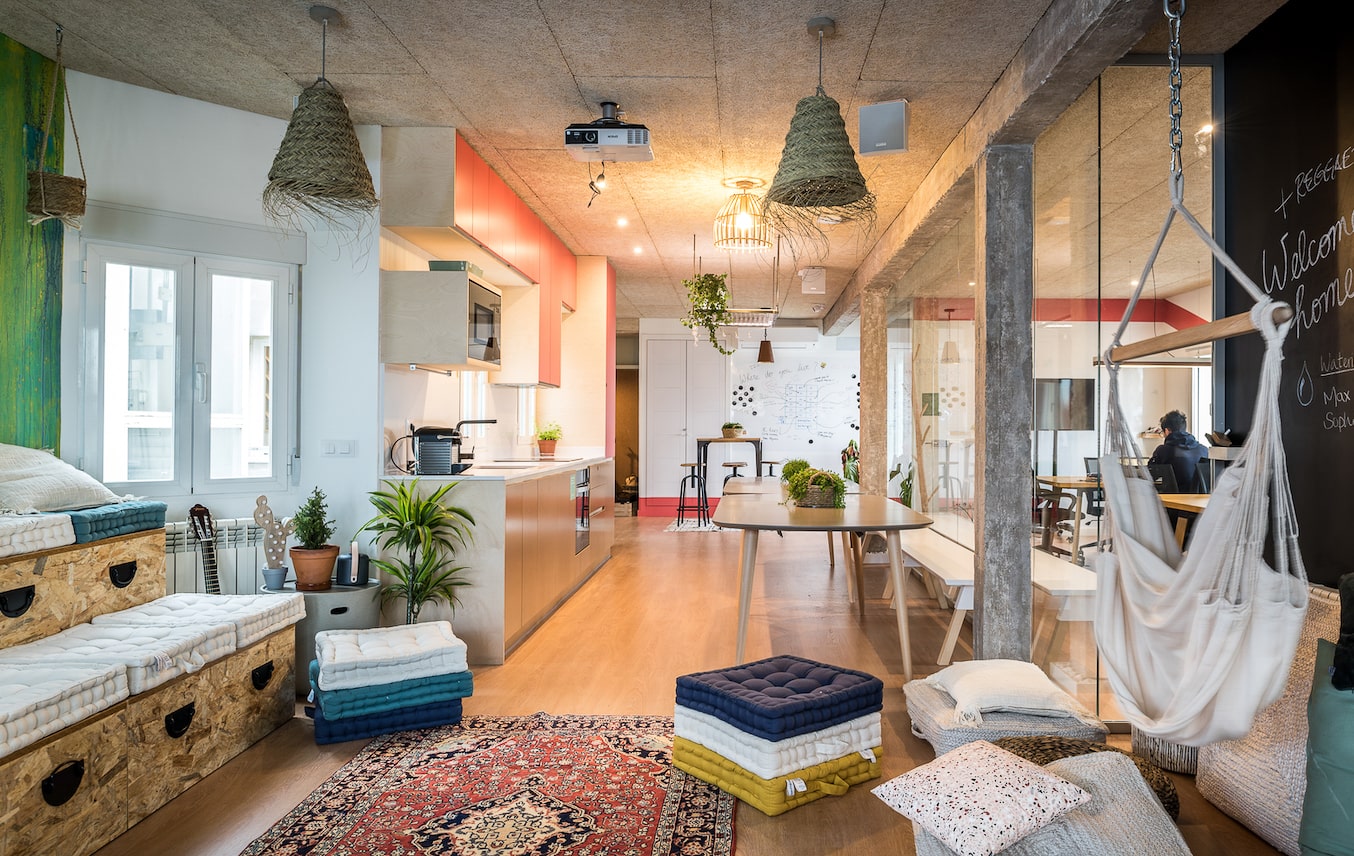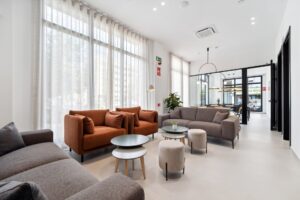We’ve all heard about artificial intelligence “taking over the world.”
With the recent arrival of ChatGPT and a whole range of fancy AI tools, it’s easier than ever to envision a dystopian future controlled by freaky AI robots. Many of us have found ourselves wondering…will AI replace my job? Will I be out of work in a few years?
Phil Calzavara, esteemed Engineer & Data Scientist, sees things differently. In fact, Phil views artificial intelligence as a promising augmentation of our current human capabilities, not an outright replacement. While many industries will certainly have to adjust to the arrival of advanced AI technology, he sees this as a positive change that will revolutionize our collective creativity, rather than limit it.
Can you imagine? AI being used as a tool to propel innovation into new realms, allowing anyone to breathe life into a creative, personalized venture and lowering the barriers to do so?
Well, Phil has put this to the test. And it’s impressive.
dreamstories.ai

Phil’s groundbreaking entrepreneurial venture, dreamstories.ai, leverages AI to create personalized storybooks for your friends and loved ones. By uploading just a few photos, Phil’s specialized AI technology generates spot-on illustrations that turn your chosen person into the protagonist of the story. Then, voilà! Your friend, child, parent, or whoever you choose is a storybook superhero, illustrated in perfect detail as they embark on wild adventures and save the day.
To create your own storybook, it goes a little something like this…
- Head to the website dreamstories.ai
- Personalize your story by answering a few prompts and adding key details
- Upload several photos of your selected person
- Take a look at the demo version of your story
- Order your personalized storybook for delivery!
The inspiration behind dreamstories.ai storybooks
The idea for dreamstories.ai was actually born from a simple favor. Phil, known as the “techy AI guy” in his circle of friends, was asked if he could make a personalized storybook featuring his friends’ son as the main character. Of course, his answer was yes. But as he dove into the intricacies of AI image generation, he was surprised to discover many gaps in the technology.
It proved incredibly difficult to produce consistent AI generated images. The process entailed working with numerous AI base models, training and “fine-tuning” their behaviors, and even still the illustrations were largely flawed and difficult to replicate at scale. Phil began going down Reddit and YouTube rabbit holes, fascinated by the lack of formalized research on this topic.
He realized there was a huge untapped market when it came to AI image generation, and his curiosity quickly turned into a deeper passion to develop this technology and create his own brand.
Phil’s unique AI formula

Phil became fascinated with the idea of large-scale personalization using artificial intelligence. With regard to storybooks, he knew this sense of personalization would be the key to their success: the more specific and detailed a story, the more engaging it is. If he was going to scale dreamstories.ai, it was essential to train the AI to create high degrees of customization, both with text and illustrations.
Phil leveraged different AI base models, specifically Open AI and Stable Diffusion, as a basis for the storybooks’ creation process. Then came the big challenge: fine-tuning. In the data tech world, fine-tuning refers to the introduction of new information into these base models, and teaching them how to execute new tasks.
Now, Dreamstories.ai is fully operational, and has received incredibly positive feedback about the life-like details of the AI generated illustrations. New story themes, options for multiple personalized characters, and even stories featuring your own pets are all coming soon!
Innovation at it’s finest

Phil comes from an extensive background in both computer and data science. He completed studies at the Polytechnic Universities of Milan and Madrid. Most recently, he worked as a Data Scientist for Uber in Amsterdam playing a key role in designing and analyzing Uber’s payment and transaction infrastructure to support millions of daily rides. He has an extensive CV of experience, yet cites that roughly 80% of his AI technology with dreamstories.ai has been completely new knowledge for him.
“It’s a super new field. There aren’t books about this right now…It’s a lot of intuition. Trying things out, seeing what works and what doesn’t work and then cutting what doesn’t.”
Phil remembers being fascinated by computers ever since the age of 5. He was playing computer games before he could read or write, and always had a strong intuition that he would be an entrepreneur. As he continues to refine his illustration generation process with dreamstories.ai, he increasingly envisions how AI technology can evolve to support future personalized products and ventures.
Phil & Urban Campus
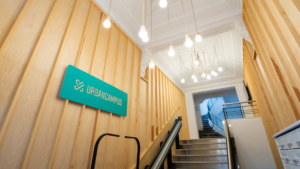
In terms of Phil’s personal life? Something like “non-stop world traveler” would be a fitting description. He is originally from Italy but has spent time living in Spain, Portugal and the Netherlands as well as summers in the United States, Hungary and Russia. One challenge he has faced with his international lifestyle has been maintaining meaningful friendships and community.
“It is such an investment of time, you have to build relationships and you know that most people move on with their lives and move to different countries…I think from that perspective UC helped me a lot.”
For Phil, the community was the primary aspect that attracted him to Urban Campus. He lived for 1 year at our Urban Campus Mellado, Madrid Coliving in 2021 before moving to the Netherlands for work. A year and a half later, he decided to return to Madrid to work full-time on dreamstories.ai, largely due to the strong friendships he still had in the city. Returning to UC Mellado was a no-brainer, as he still had many friends in the coliving and wanted a solid community as he pursued his new storybooks venture.
“The fact that in UC you are living with so many people, it is so great from a perspective of making friends. For a person that just moved to Madrid, I think it is amazing. They get to know 100 people in just a few days. Not to mention all the events and the community breakfasts, which are the best.”
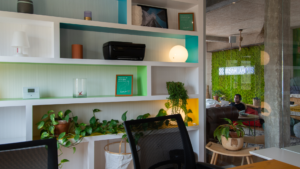
Coworking at Urban Campus
As a self-employed entrepreneur who works from home, Phil especially appreciates the coworking space at UC. It has given him the chance to separate his working and living space, and also get feedback from other colivers about his business. In this way, he has gained friendships and collaborative colleagues all at the same time.
Phil leads the operations at dreamstories.ai completely by himself, which he mentioned can be challenging and lonely – although, gratifying above all. Having access to the international community at UC has made his journey far less isolating, giving him a family of people with whom he can celebrate his progress and wins. We can’t wait to see what comes next for him, and of course order storybooks of our own!
Want to check out the storybooks for yourself?
- Head to dreamstories.ai to see them for yourself!
- Follow dreamstories.ai on Instagram and Facebook
- Learn more about Phil Calzavara
